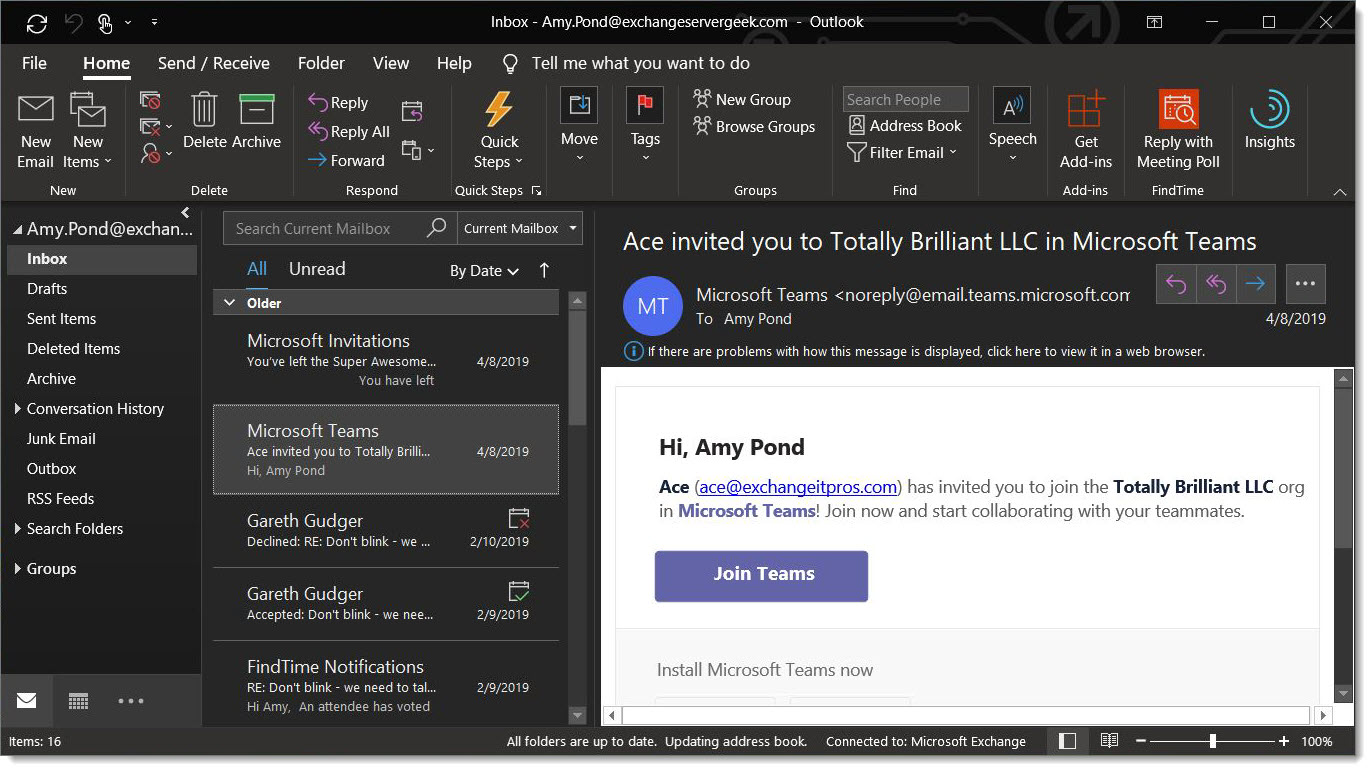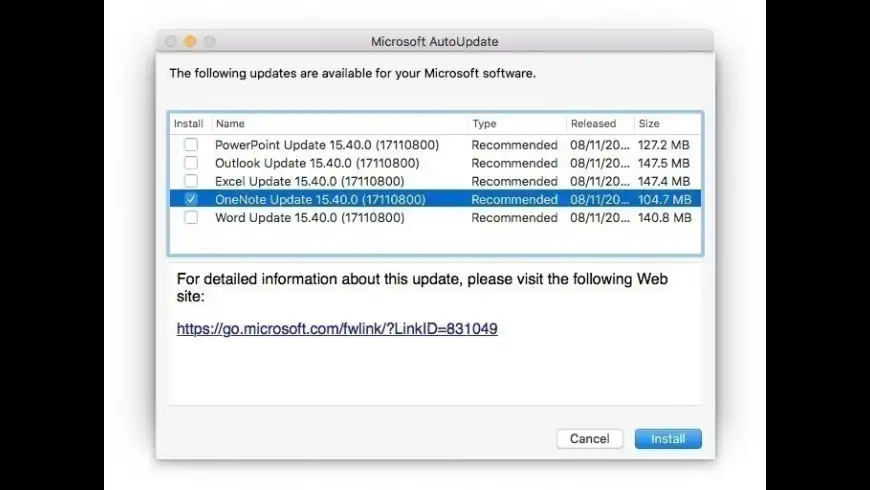after force quit it's probably best if you reboot the entire system to clean out the cache
- Microsoft Outlook Mac 2016 Icon Continually Bouncing Screen
- Microsoft Outlook Mac 2016 Icon Continually Bouncing On Youtube
- Change Outlook 2016 Icon Color
- Macbook Pro 2016
Jan 16, 2019 This issue occurs because Outlook 2016 for Mac can't locate and use the Sent Items folder. The folder hierarchy in the mailbox may have become corrupted. For example, in some cases, the Sent Items folder may be converted into the Archive folder, and the icons that mark the two folders are incorrect.
What OS are you using? did you recently install Sierra and this happened? If so you will need to either downgrade using Time Machine if you made a backup of your system when the OS and Outlook worked as expected. If not you will need to see if Microsoft addresss this issue as it is a Microsoft issue, not an Apple issue.
Microsoft Office will allow patches from the application. An update may or may not address this issue but the system should be kept up to date when possible, also not posting what version you are running will only permit me to guess what you have or have not done so here's the link if you need it or not, it also describes further troubleshooting suggestions from Microsoft including uninstalling and reinstalling the application.
if it's preparing the main profile are you letting it finish or stopping it?
have you tried to delete the main profile using the profile manager in the application content package to recreate the account*? This will destroy the current profile, you should back up before proceeding.

Microsoft Outlook Mac 2016 Icon Continually Bouncing Screen
If you would like to provide further details please include the information from the crash log for further investigation.
1. Open a Finder window and go to the Applications folder
2. Hold down the Control key on your keyboard and click on the Microsoft Outlook icon and pick 'Show Package Contents' from the pop-up menu
3. Go to the Contents/SharedSupport folder and open the 'Outlook Profile Manager' app
4. Delete the Main Profile: Select it once it shows up and then click the minus sign
5. If you have a previous backup of the Profile it will re-create a new one or you will have to re-enter your account info
6. Start Outlook normally
Sep 30, 2016 8:02 AM
-->Microsoft Outlook Mac 2016 Icon Continually Bouncing On Youtube
Symptoms
In Microsoft Outlook 2016 for Mac, you are repeatedly prompted for authentication while you're connected to your Office 365 account.
Cause

This issue occurs because of the presence of duplicate tokens in the keychain.
Resolution
To resolve this issue in Outlook 2016 for Mac, install the February 2017 Outlook update (version 15.31.0) from the following Office website:

Workaround
To work around this issue, delete any cached passwords for your account, and also delete any modern authentication tokens from the keychain. To do this, follow these steps.
Note
Change Outlook 2016 Icon Color
These steps affect all Office applications that use modern authentication.
Macbook Pro 2016
Quit Outlook and all other Office applications.
Start Keychain Access by using one of the following methods:
- Select the Finder application, click Utilities on the Go menu, and then double-click Keychain Access.
- In Spotlight Search, type Keychain Access, and then double-click Keychain Access in the search results.
In the search field in Keychain Access, enter Exchange.
In the search results, select each item to view the Account that's listed at the top, and then press Delete. Repeat this step to delete all items for your Exchange account.
In the search field, enter adal.
Select all items whose type is MicrosoftOffice15_2_Data:ADAL:<GUID>, and then press Delete.
In the search field, enter office.
Select the items that are named Microsoft Office Identities Cache 2 and Microsoft Office Identities Settings 2, and then press Delete.
Quit Keychain Access.
Note
When you start Outlook, you are prompted to authenticate.